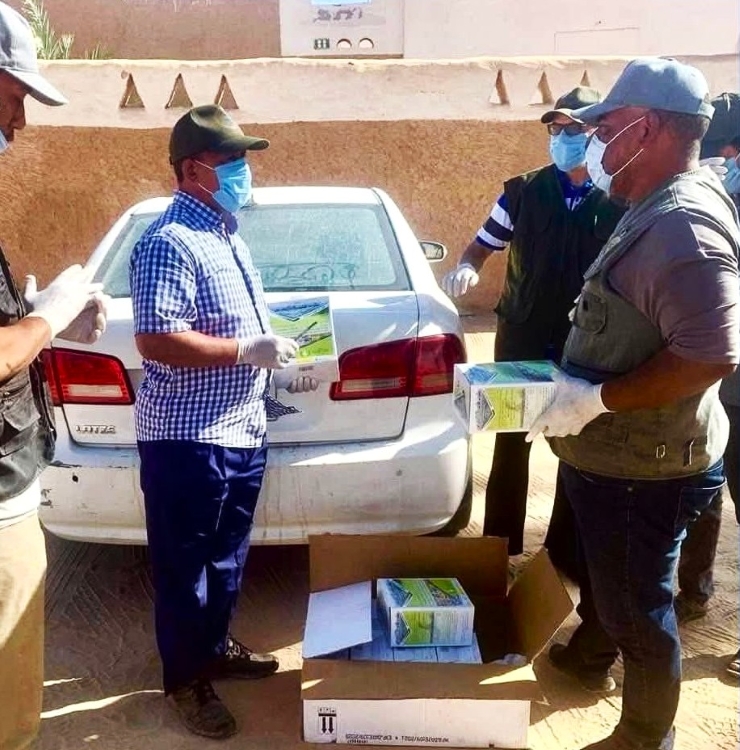Nests of Scorpions are reported to be wreaking havoc in various parts of Libya where the sand crabs have been attacking people, prompting authorities’ intervention.
The Ghadames Municipality for instance, has begun an extensive pesticide spraying campaign targeting to annihilate the scorpions that have been invading residential areas in large numbers, raising alarm among residents.
Scorpions spraying exercise is described to be an initiative which is part of ongoing public health and safety efforts.
Reports from Libya indicate that the scorpions usually come out of hiding during the summer season, but this year their number had been staggering and threatening the safety of people in the North African Country.

While Scorpions get a bad reputation for being deadly, due to the fact that they can all produce venom, most scorpion venom is only harmful to their prey and not dangerous to humans.
Out of all scorpion species, only around 25 have venom strong enough to be considered dangerous for humans.
Still, scorpions with potent venom are more dangerous for children and elderly adults with weaker immune systems.
Scorpions are predatory arachnids featuring eight legs, a pair of grasping pincers and a narrow, segmented tail, often carried in a characteristic forward curve over the back and always ending with a stinger.
These sand crabs reportedly date back 435 million years. There are over 2,500 described species of scorpions in the world today, with 22 living families recognized to date.
Scorpions mainly live in deserts but have adapted to a wide range of environmental conditions, and can be found on all continents except Antarctica.
Scorpions primarily prey on insects and other invertebrates, but some species hunt vertebrates. They use their pincers to restrain and kill prey, or to prevent their own predation
In yet another development, Libya’s National Center for Disease Control (NCDC) successfully vaccinated 175,696 children against measles and rubella diseases in southern Libya during a recently held ten-day campaign, which managed to achieve a 95.8 percent coverage rate of the targeted 183,400 children.
The campaign received strong support from families and local as well as international partners.
The National Center for Disease Control (NCDC) emphasized the importance of continued routine immunizations and urged parents to visit nearby health centers to complete their children’s vaccination schedules.
The health-oriented effort marks a key step in improving child health and preventing disease outbreaks in underserved areas.

